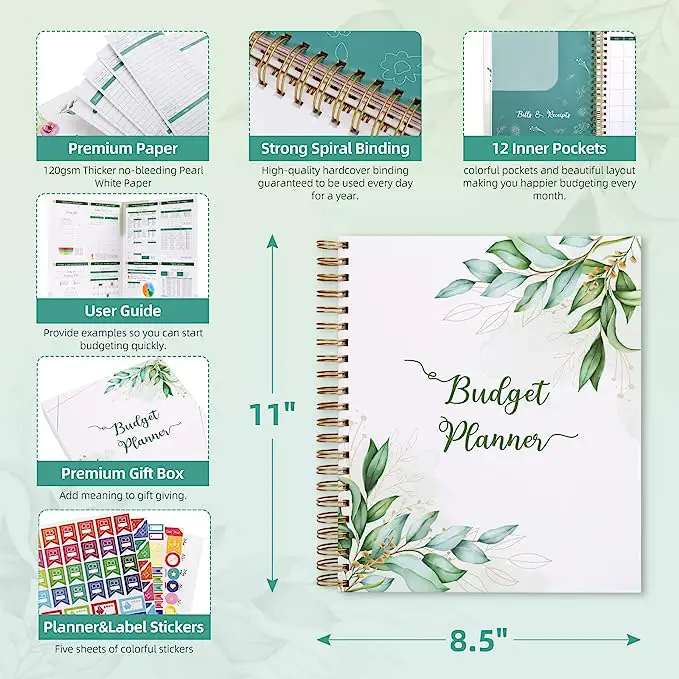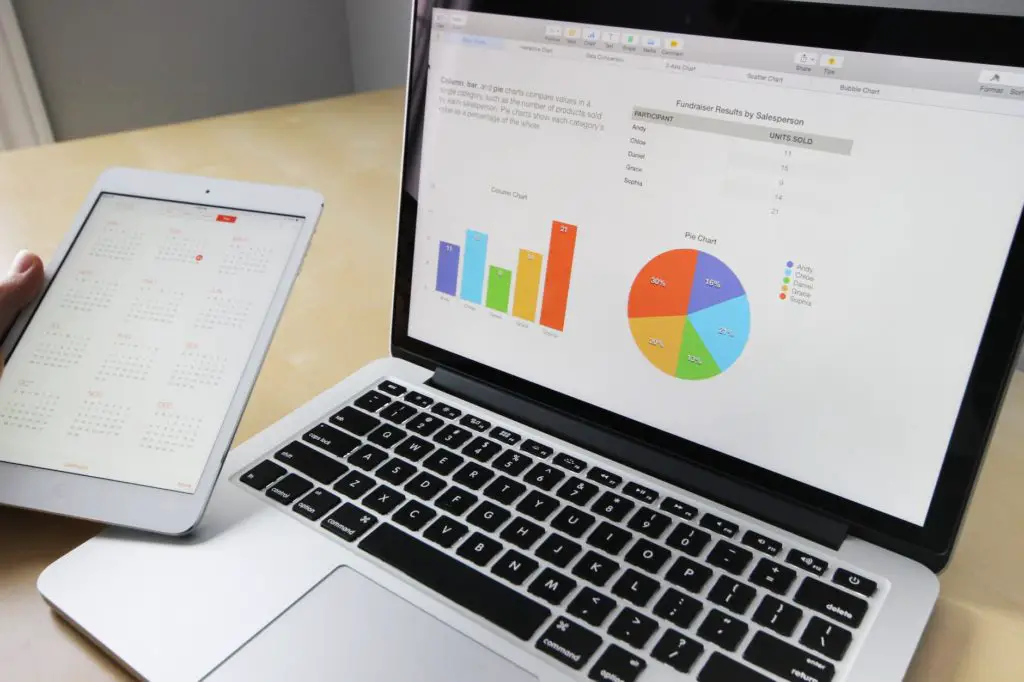To evaluate the five main expenses that need to be included in a family budget, you need to first think about your needs and priorities. For example, what is your housing and food situation, and are you a family of two or 10? The five main expenses vary slightly depending on your family’s needs. Still, all family budgets should include the following five expenses: housing, transportation, food, emergency savings, and utilities.
The five main expenses in a family budget can vary depending on individual circumstances and priorities. Still, they should include housing, transportation cost, food or groceries, utilities including phone and internet, and emergency savings. Let us dive deeper into each expense category and why these should be the five items you should include in your budget.
The five main expenses …should include housing, transportation cost, food or groceries, utilities including phone and internet, and emergency savings
S.Penariu
Five main expenses to include in your family budget:
- Housing: Housing expenses can vary greatly depending on your location and housing type. Your housing expenses may include mortgage or rent payments, property taxes, homeowner’s or renter’s insurance, and maintenance costs. It’s important to factor in the housing price when creating a family budget, as it typically represents the most significant expense.
- Transportation: Transportation expenses can include the cost of owning a car, including car payments, gas, insurance, and maintenance fees. You may need to budget for bus or train fares if you use public transportation. When creating a transportation budget, consider your daily commute’s cost and any additional transportation needs.
- Food: Food expenses include groceries, dining out, and other food-related fees. Consider your dietary preferences and any potential food allergies or restrictions when creating a food budget. You can also factor in the cost of eating out or ordering takeout.
- Emergency savings: this category can be used to cover any emergency needs that come up, including but not limited to healthcare expenses, car repair, home repairs, or any other emergency needs to eliminate credit card spending.
- Utilities: Utilities include electricity, water, gas, internet, and phone bills. When creating a utility budget, consider the cost of your monthly bills and any potential fluctuations in usage.
Other expenses included in a family budget could be childcare, education, entertainment, clothing, and personal care products.
It is essential to regularly review and adjust your family budget to ensure that you are living within your means and saving for future expenses or emergencies. You can make informed decisions about distributing your income and achieving your financial goals by tracking your costs and creating a realistic budget. Check out the following article to learn more about budgeting and what a typical family budget should include.

Below is a quick overview of what you should consider when making a family budget:
The goal of a family budget is to ensure that expenses do not exceed income and to allocate funds in a way that meets the needs and goals of the family. Also, check out these great budget planner that you can get on Amazon.
Creating a family budget involves several steps:
- Determine your income: Calculate the total amount of money you have coming in each month, including salaries, wages, and any other sources of income.
- List your expenses: List all your monthly fees, including fixed costs such as rent or mortgage payments, utilities, and insurance, as well as variable expenses such as groceries, transportation, and entertainment.
- Categorize your expenses: Group your expenses into categories, such as housing, transportation, food, healthcare, and utilities.
- Calculate your total expenses: Add all your fees to determine your monthly costs.
- Compare your income and expenses: Compare your monthly payment to your monthly costs. If your expenses exceed your income, you may need to adjust your budget to reduce or increase revenue.
- Set financial goals: Determine your dreams, such as paying off debt, saving for a down payment on a house, or creating an emergency fund. Allocate funds in your budget to help achieve these goals.
- Track your spending: Keep track of your spending each month to ensure that you are staying within your budget and making progress towards your financial goals.

This is a quick reference guide for the top 5 expense categories and an essential guide to budget creation. To read more about this topic, please check out the following articles. Way to go on getting on the budgeting journey. It can be a long process, but it’s completely worth it when you achieve your financial freedom.


